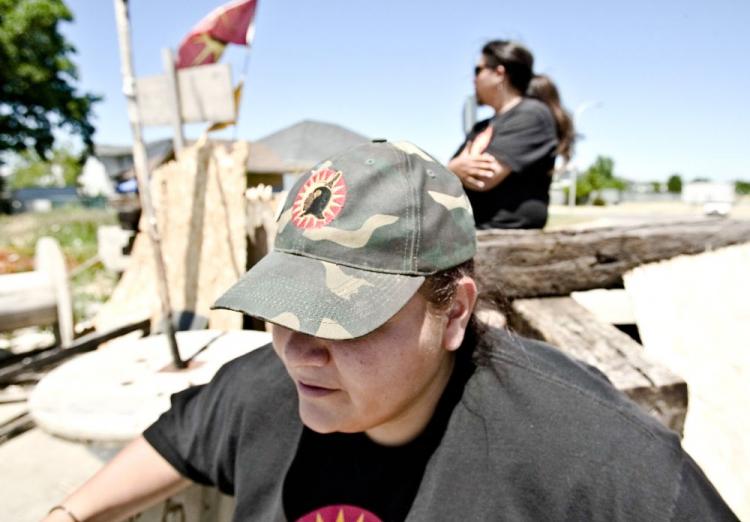Aboriginal Gangs Spreading Across Canada
Explosive growth of aboriginal gangs across Canada will continue,says gang expert Dr. Mark Totten.

Native protesters 'Hot Wheelz' (C), and 'Runs through Fire' occupy a housing development in Caledonia, Ontario. Poverty among Canada�s aboriginal population has led to an increasing problem with gangs. Geoff Robbins/AFP/Getty Images

Joan Delaney
Senior Editor, Canadian Edition
|Updated:





